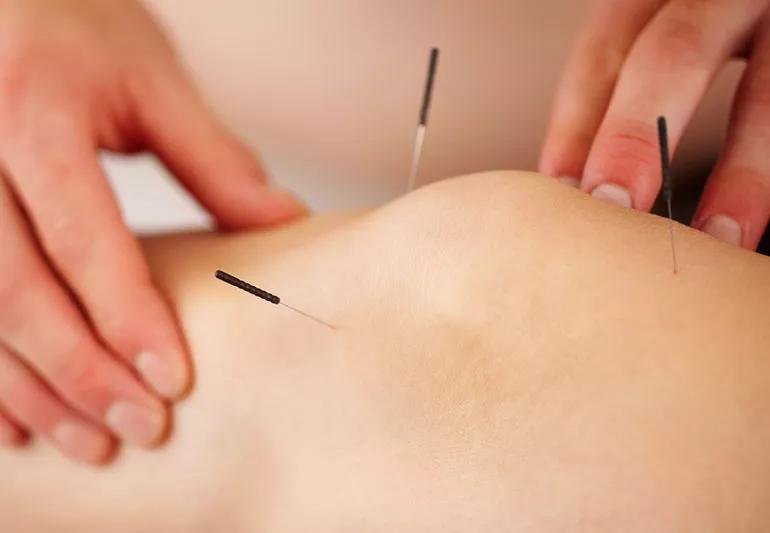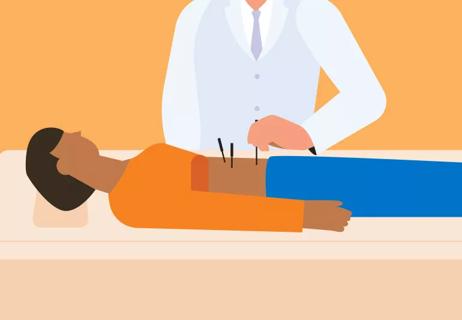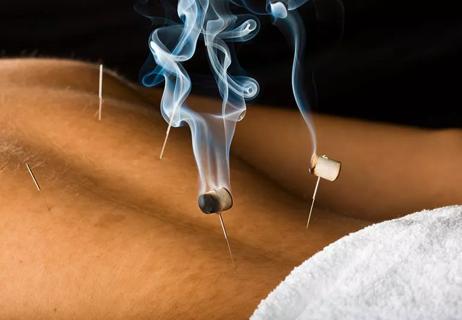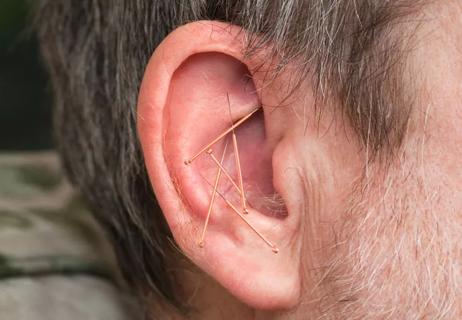New government advisory recommends non-addictive options first

Not all pain needs to be treated with prescription medication. That’s why a recent advisory recommends opioid-free, non-addictive alternatives, like acupuncture, as the first step to relieve pain.
Advertisement
Cleveland Clinic is a non-profit academic medical center. Advertising on our site helps support our mission. We do not endorse non-Cleveland Clinic products or services. Policy
Acupuncturist Jamie Starkey, LAC, says studies have shown that acupuncture can be effective for treating many types of pain.
We’re able to treat a host of pain-related issues such as chronic pain, neck pain and migraines. Any pain condition can really be nicely addressed with acupuncture with minimal, if any, side effects.
During acupuncture treatment, a trained medical professional gently inserts very fine needles into various parts of the body.
Research shows the pain relieving effect is three-fold, Starkey says.
On average, Starkey recommends five to eight consecutive acupuncture visits for best results.
Not only do most people have less pain, but Starkey says they also have better function, sleep and mood.
“We not only see changes in their primary complaint, which would be improvement in pain scores. But we also see a lot of secondary improvement as well as an improvement in overall quality of life,” she notes.
Many insurance companies will cover acupuncture to treat pain, Starkey says. But if you have questions or concerns, she recommends calling your insurance provider for additional information.
Advertisement
Learn more about our editorial process.
Advertisement

This evidence-based practice is used to help manage pain, relieve menopause symptoms and boost your spirits

It’s great for stress relief, which can go a long way when you’re trying to conceive

This ancient treatment is often a complement to acupuncture

Discover the benefits of this ear acupuncture technique

Find out what it is and how it can help the body heal

Weightlifting and other types of resistance training bring many health benefits

This traditional Chinese medicine practice may boost mental health, immune function, balance and more

This fruit has clear nutritional benefits — but there’s little evidence it can prevent or treat illness

If you’re feeling short of breath, sleep can be tough — propping yourself up or sleeping on your side may help

If you fear the unknown or find yourself needing reassurance often, you may identify with this attachment style

If you’re looking to boost your gut health, it’s better to get fiber from whole foods